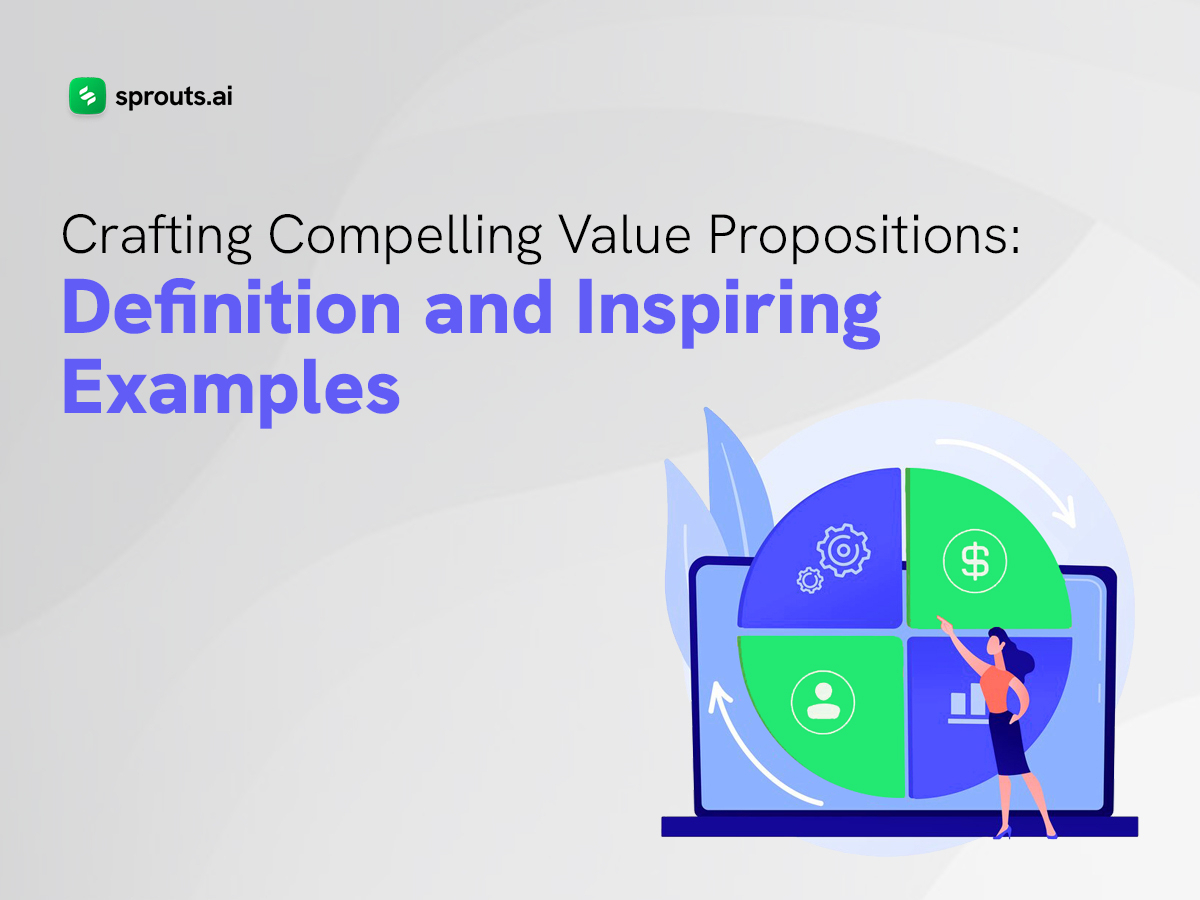Ever feel like your customers just aren’t getting the message? You know your product is amazing, but your sales pitch falls flat. The culprit might be a weak value proposition – a confusing jumble of features instead of a clear promise of value. This blog sheds light on the skill of crafting compelling value propositions. We’ll discover the key elements, explore inspiring examples, and show you how to translate your product’s potential into a message that resonates with your target audience.
Understanding Value Proposition
A value proposition is essentially a promise of value to be delivered. It succinctly articulates why a customer should buy a product or service and how it solves a particular problem or fulfills a need better than the alternatives. Effective value propositions are clear, concise, and customer-centric, addressing the specific pain points or desires of the target audience.
Importance of Crafting a Compelling Value Proposition
Crafting a compelling value proposition is crucial for several reasons:
- Differentiation: In a crowded marketplace, a strong value proposition helps businesses stand out from competitors by highlighting their unique strengths and benefits.
- Customer Attraction: A clear value proposition attracts potential customers by resonating with their needs and aspirations, compelling them to choose one product or service over others.
- Conversion: A well-defined value proposition increases the likelihood of converting leads into paying customers as it provides a compelling reason to make a purchase.
- Retention: By consistently delivering on the promised value, a strong value proposition fosters customer loyalty and encourages repeat purchases.
Elements of a Compelling Value Proposition
A compelling value proposition typically consists of the following elements:
- Clear Statement of Value: A concise statement that communicates the primary benefit or solution offered by the product or service.
- Target Audience: Identification of the specific audience segment for whom the value proposition is designed.
- Points of Differentiation: Highlighting the unique features, advantages, or benefits that set the offering apart from competitors.
- Evidence or Proof: Providing evidence, such as testimonials, case studies, or statistics, to support the claims made in the value proposition.
- Visual Presentation: Utilizing visuals, such as images, graphics, or videos, to enhance the presentation and make it more engaging.
Inspiring Examples of Compelling Value Propositions
- Apple: “Think Different”
Apple’s value proposition revolves around innovation, simplicity, and design excellence. Their iconic slogan, “Think Different,” encapsulates their commitment to challenging the status quo and offering products that are intuitive and user-friendly. By positioning themselves as a brand for creative individuals who dare to innovate, Apple has cultivated a loyal customer base that values both style and functionality.
- Nike: “Just Do It”
Nike’s value proposition is built around inspiration, empowerment, and performance. The iconic slogan, “Just Do It,” encourages customers to push their limits and strive for greatness. By associating its brand with the spirit of athleticism and determination, Nike appeals to both professional athletes and everyday fitness enthusiasts, fostering a sense of identity and belonging among its customers.
- Tesla: “Accelerating the World’s Transition to Sustainable Energy”
Tesla’s value proposition is centered around sustainability, innovation, and cutting-edge technology. By positioning themselves as pioneers in the electric vehicle industry, Tesla appeals to environmentally conscious consumers who seek high-performance vehicles with a minimal ecological footprint. Their commitment to sustainability extends beyond electric cars to include renewable energy solutions such as solar panels and energy storage systems.
- Airbnb: “Belong Anywhere”
Airbnb’s value proposition focuses on community, authenticity, and personalized experiences. By connecting travelers with unique lodging options and local hosts, Airbnb offers a more immersive and authentic alternative to traditional hotels. Their slogan, “Belong Anywhere,” emphasizes the sense of belonging and connection that guests experience while staying in Airbnb accommodations, fostering meaningful relationships and memorable experiences.
- Dollar Shave Club: “Shave Time. Shave Money.”
Dollar Shave Club’s value proposition revolves around convenience, affordability, and quality. By offering subscription-based razor and grooming products at a fraction of the cost of traditional brands, Dollar Shave Club appeals to cost-conscious consumers who value simplicity and value for money. Their witty marketing campaigns and straightforward messaging resonate with customers seeking a hassle-free grooming solution.
Crafting a compelling value proposition is essential for businesses looking to attract, retain, and satisfy customers. By clearly articulating the unique benefits and value of their products or services, companies can differentiate themselves from competitors and build strong relationships with their target audience. The inspiring examples mentioned above demonstrate the power of a well-crafted value proposition in capturing the hearts and minds of consumers and driving business success. As businesses continue to evolve and innovate, the ability to communicate value effectively will remain a critical aspect of their growth and longevity.

